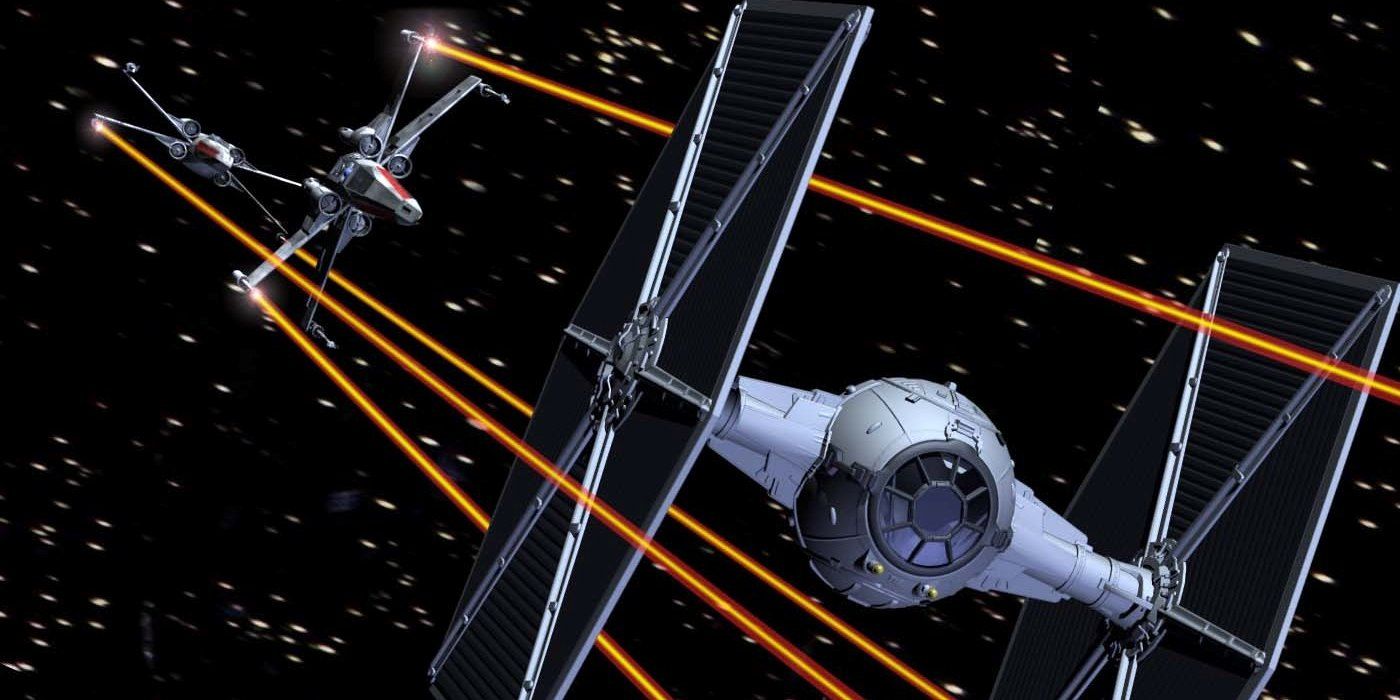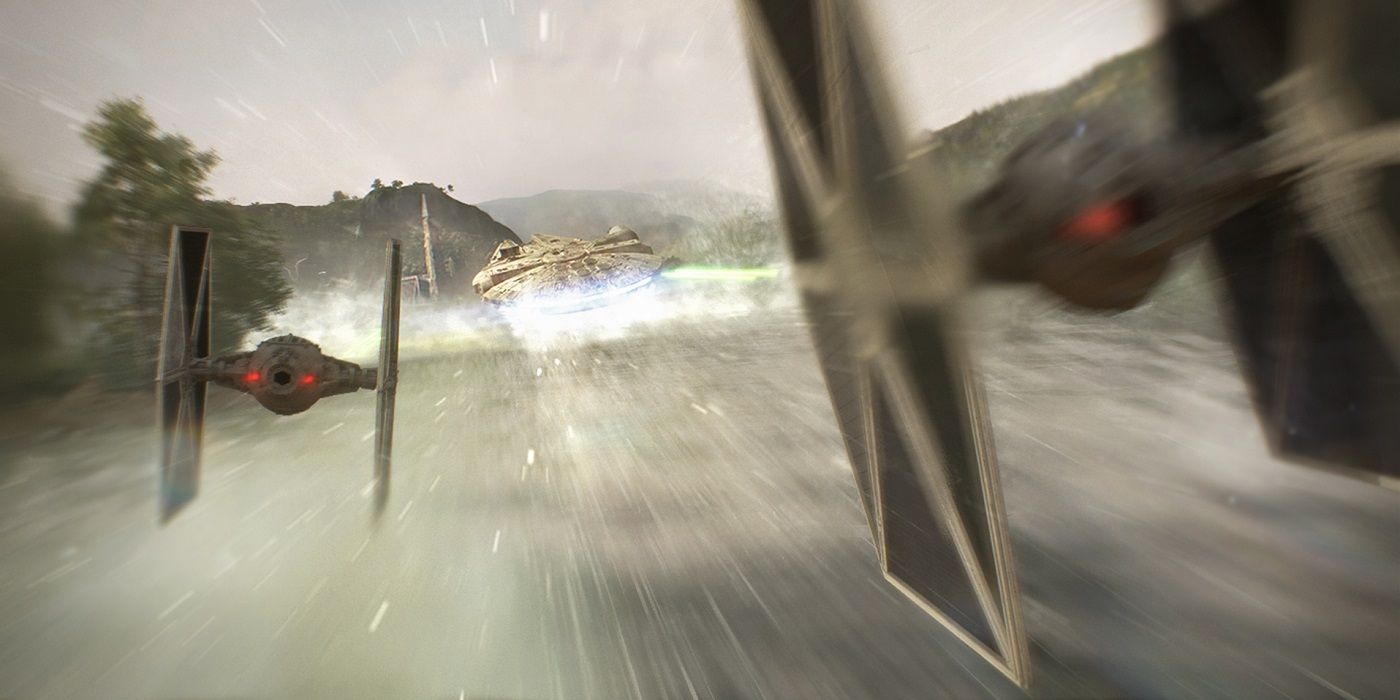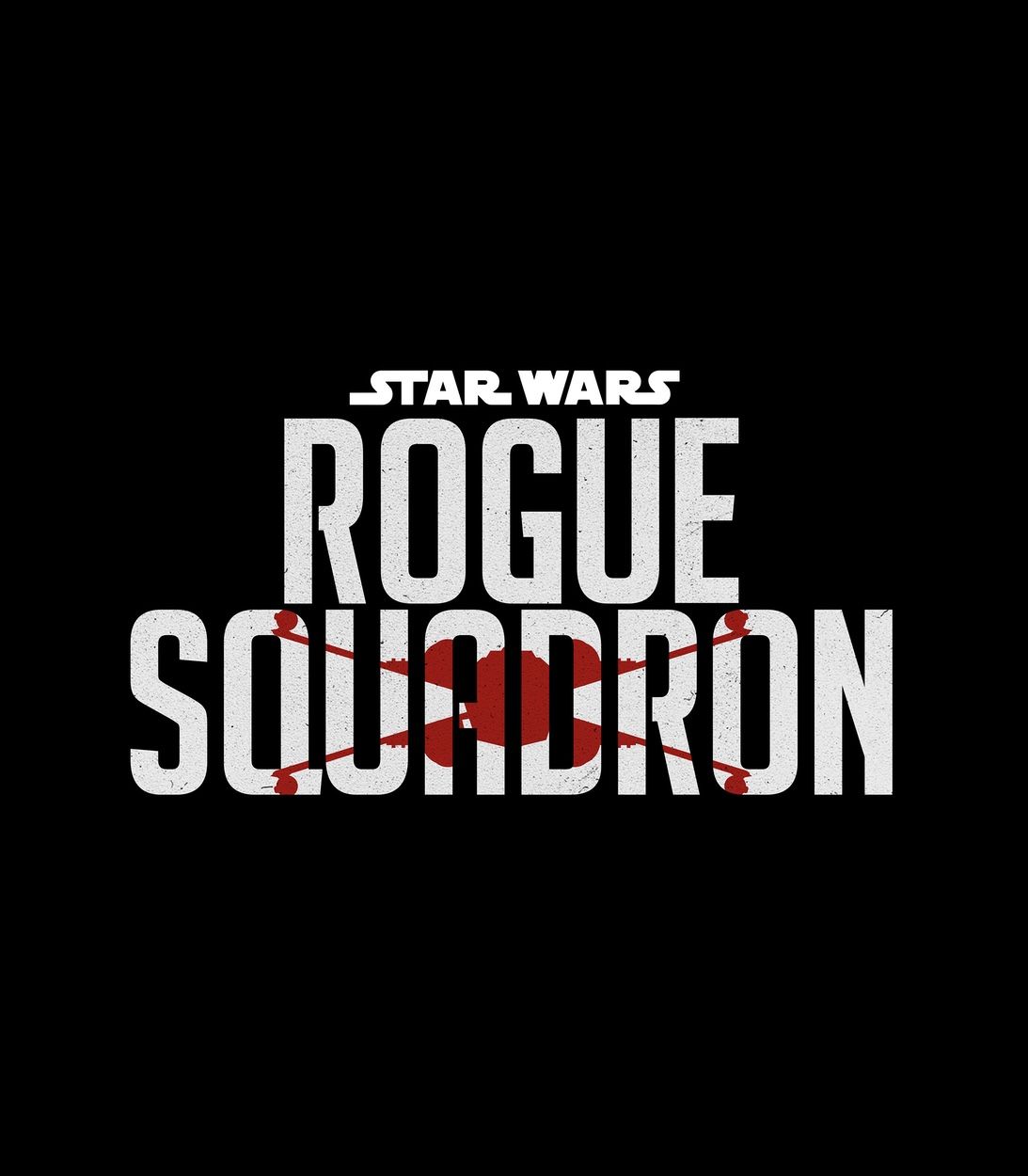The Star Wars franchise is famous for its dogfights - and here's why TIE Fighters don't have shields, while X-Wings do. When George Lucas created Star Wars in 1977, he introduced viewers to a galaxy full of wonders. Space battles were an integral part of the franchise's success, with Lucas creating stunning starfighter dogfights in the battle over the Death Star.
Viewers swiftly noticed a mismatch between the Rebel Alliance's X-Wings and the Empire's TIE Fighters. X-Wings were sleek vessels capable of jumping to hyperspace, assisted by navigation droids like Artoo, and they possessed shields meaning they could take a substantial amount of enemy fire before they were destroyed. In contrast, TIE Fighters generally lacked hyperspace capability, and they weren't equipped with protective shields.
There are actually practical reasons for this imbalance in capabilities. The Empire recruits untold numbers of pilots from across the galaxy, and they make as little investment as possible in their training - the same approach they took with their first generation of stormtroopers in Project War-Mantle, as seen in Star Wars: The Bad Batch. The Empire's leaders depend on sheer weight of numbers in order to overwhelm their enemies, and don't care how many people they lose during a battle. As a result, they spend as little as possible on TIE Fighters, not bothering to install shields - or hyperspace engines and navi-computers. The Empire did commission the development of some specialist TIEs with more capabilities, to be used by high-value pilots such as Darth Vader, but there were comparatively few of these.
The Rebel Alliance had a completely different approach, of course. The Rebels were fewer in number, struggling to recruit skilled and experienced pilots, and they couldn't afford to waste anyone; every person who died in battle could never be replaced. Thus they wanted their starfighters to be hardier than TIE Fighters, able to take substantially more hits. What's more, because the Rebels didn't have as many capital ships to launch starfighters, they needed as many to be hyperspace-capable as possible. This also helped during evacuations, as seen when the Rebels fled from Hoth's Echo Base in The Empire Strikes Back.
There are, then, deeply strategic reasons for the imbalance between a single X-Wing and a lone TIE Fighter in Star Wars. But the Empire's leadership still believed the balance was in their favor, because they could throw two dozen TIEs at a single Rebel X-Wing. With no care for how many of those TIEs were lost, the intention was for their laser-fire to eventually overwhelm their enemy's shields and shot them down. As far as the Empire was concerned, everyone who died in the process was simply viewed as an acceptable loss.



